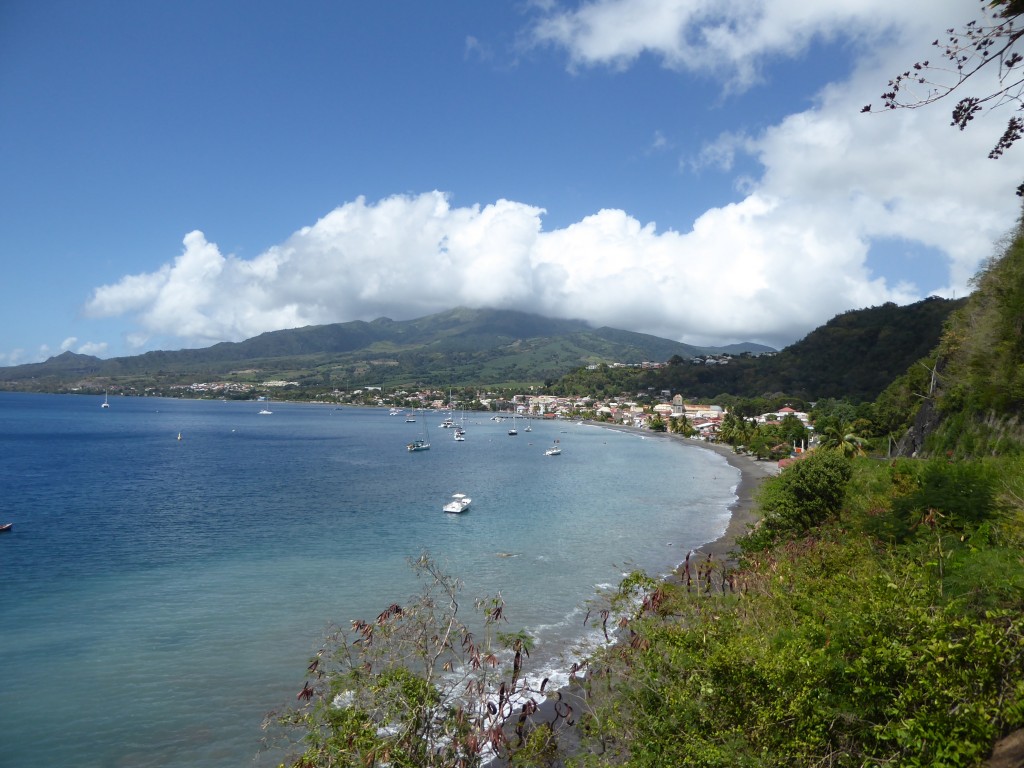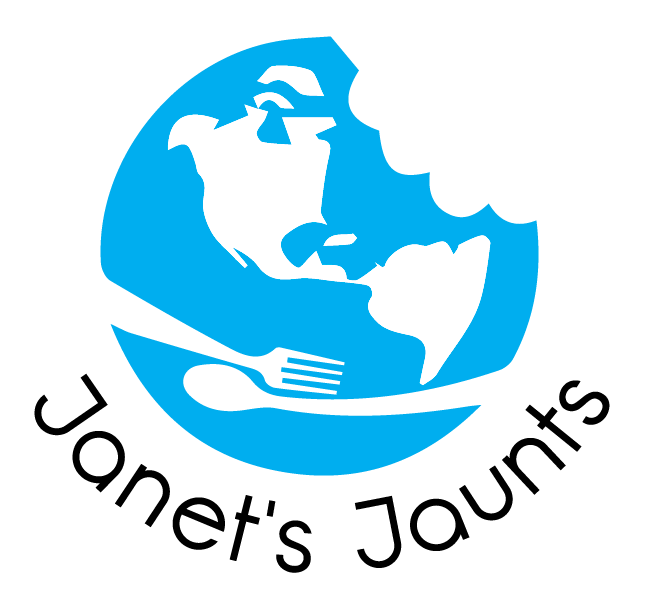Martinique is magnifique

Today Mount Pelee slumbers and St. Pierre is again populated on the ruins left when the volcano erupted in 1902 and destroyed the town and sunk ships in the harbor. Today those ships are popular dive destinations on Martinique.
A flashlight beam came up from the pitch black darkness as we drove between banana groves on a rutted red-dirt road on Martinique.
“They’re hunting land crabs for Easter dinner,” explained our driver, when we asked.
I was sure this had to be a Creole put-on — a French West Indies version of the snipe hunting I remember as a teenager. For that, a gullible acquaintance is outfitted with a paper bag and a stick as the group goes into the woods after dark to hunt for fictitious snipe.
But land crabs, snared with a cardboard box trap, really are hunted in the weeks before Easter to be fattened up as a delicacy on this southern Caribbean island.
“They feed them corn for two weeks and they are delicious,” said Andre La Houssaye, our driver/guide. During the same two weeks the crabs, which are born in the sea but live in holes on the land, are kept in water to purge them of anything nasty that they’ve eaten.
As Jonathan Swift once said: “He was a brave man who first ate an oyster.”
We didn’t try land crab, but we ate many strange and unusually delicious foods on a quick Thursday to Tuesday island exploration of Martinique’s Rhum Trail.
Cheap Norwegian Airline flights from Boston, JFK and BWI – direct and nonstop – are bringing lots of Americans to the island this winter. They end soon but will resume in November and – fingers crossed – they’ll still go for around $200 roundtrip.

Brilliantly colored tropical and fragrant flowers growing all over Martinique give it its Island of Flowers. They can be purchased by the armful in the covered market at Fort de France.
Called the Island of Flowers by its natives since long before Christopher Columbus landed there early in the 1500s, it’s ringed by white and black sand beaches. Flowers fill roadside ditches and brighten landscapes and appear in decor throughout the island. Purchase them by the armful at outdoor markets around the island or pluck them from rain forests in its mountainous north.
French is the official language, along with Creole, and the euro is the monetary mainstay. Martinique is a department of France much like Hawaii is a state.
Among the folks crossing our paths as we toured the island were dozens of bartenders there for a lively competition called the Ti Punch Cup — to choose the best cocktail made of Martinique’s Clemente Rhum.
The rum produced by the island’s dozen distilleries is made directly from squeezed and pressed sugar cane, instead of from the molasses by-product of making cane sugar used elsewhere. It’s velvety smooth with notes of cinnamon and nutmeg, orange and banana — all of which grow on Martinique.
It tastes of its terroir and carries the enviable French AOC designation — the only rum in the world to do so.
But we also visited St. Pierre, the “Pompeii of the Caribbean,” where 30,000 perished in a 1902 eruption of Mount Pelee volcano. We made the acquaintance of Josephine, island girl turned Empress upon her marriage to Napoleon and visited a botanical garden where we walked in the rainforest canopy on a rickety bamboo bridge.
I’ll tell you about these adventures and more in coming weeks as I re-energize this blog. Stayed tuned.

Recent Comments